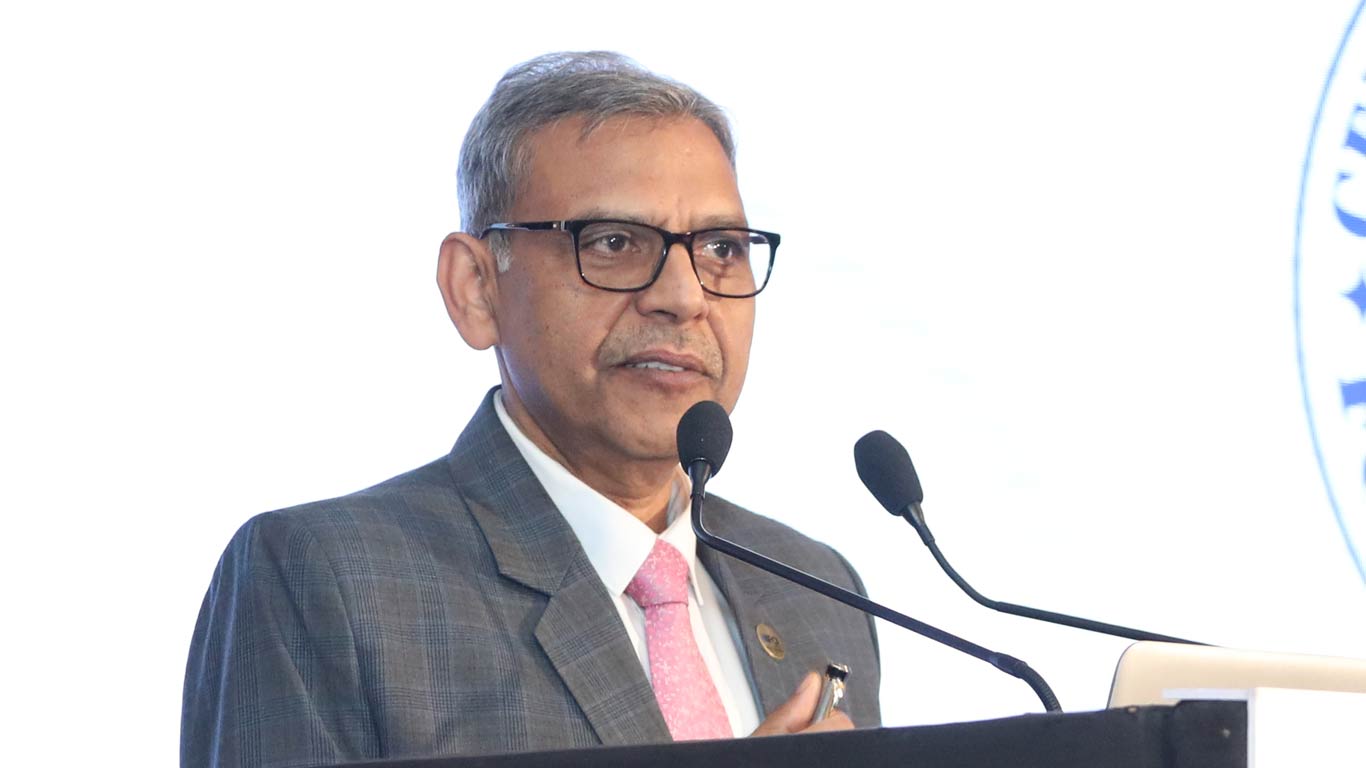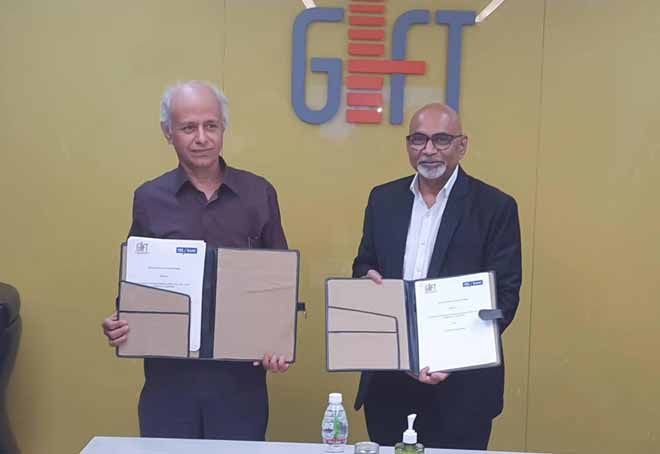India: Green Growth - Overcoming Environment Challenges to Promote Development
Updated: Mar 06, 2014 03:03:06pm

Over the last decade, India’s strong growth has increased employment opportunities and allowed millions to emerge from poverty. India’s remarkable growth record, however, has been clouded by a degrading environment and growing scarcity of natural resources. Mirroring the size and diversity of its economy, environmental risks are wide ranging and are driven by both prosperity and poverty.
In a recent survey of 178 countries whose environments were surveyed, India ranked 155th overall and almost last in air pollution exposure. The survey also concluded that India's environmental quality is far below all BRIC countries [China (118), Brazil (77), Russia (73), and South Africa (72)]. Also, according to another recent WHO survey, across the G-20 economies, 13 of the 20 most polluted cities are in India. Simultaneously, poverty remains both a cause and consequence of resource degradation: agricultural yields are lower on degraded lands, and forests and grasslands are depleted as livelihood resources decline. To subsist, the poor are compelled to mine and overuse the limited resources available to them, creating a downward spiral of impoverishment and environmental degradation.
But does growth – so essential for development – have to come at the price of worsened air quality and other environmental impacts?
Findings
Three striking findings emerge from this review:
First, Environmental sustainability could become the next major challenge as India surges along its projected growth trajectory.
Second, a low-emission, resource-efficient greening of the economy should be possible at a very low cost in terms of GDP growth. While a more aggressive low-emission strategy comes at a slightly higher price tag for the economy it promises to deliver greater benefits.
Third, for an environmentally sustainable future, India needs to value its natural resources, and ecosystem services to better inform policy and decision-making.
Key Findings
Green growth is necessary. With cost of environmental degradation at USD 80 billion annually, or equivalent to 5.7 per cent of GDP in 2009, environment could become a major constraint in sustaining future economic growth. Further, it may be impossible or prohibitively expensive to clean up later.
Green growth is affordable. Model simulations suggest that policy interventions such as environmental taxes could potentially be used to yield positive net environmental and health benefits with minimal economic costs for India.
Green growth is desirable. For an environmentally sustainable future, India needs to value its natural resources, and ecosystem services to better inform policy and decision-making especially since India is a hotspot of unique biodiversity and ecosystems.
Green growth is measurable. Conventional measures of growth do not adequately capture the environmental costs, Therefore, it is imperative to calculate green Gross Domestic Product (green GDP) as an index of economic growth with the environmental consequences factored in.
What can be done?
A low-emission, resource-efficient greening of the economy should be possible at a very low cost in terms of GDP growth. A more aggressive low-emission strategy comes at a slightly higher price tag for the economy while delivering greater benefits.
Emissions reduction would have a minimal impact on GDP which would be offset by savings through improving health while substantially reducing carbon emissions.
· A 10 per cent particulate emission reduction will lower GDP only modestly. GDP will be about USD 46 billion lower in 2030 due to interventions, representing a loss of 0.3 per cent compared to business as usual.
· A 30 per cent particulate emission on the other hand reduction will lower GDP by about USD 97 billion, or 0.7 per cent.
· GDP growth rate will be negligibly reduced by about 0.02 to 0.04 per cent in both scenarios. There will be significant health benefits under both scenarios which will compensate for the projected GDP loss.
· The savings from reduced health damages will range from USD105 billion in the 30 per cent case and by USD 24 billion with a 10 per cent reduction.
· Under the scenarios, another important benefit would be a substantial reduction in CO2 as a co-benefit which has a potential of being monetized. (KNN/WB Feature)











